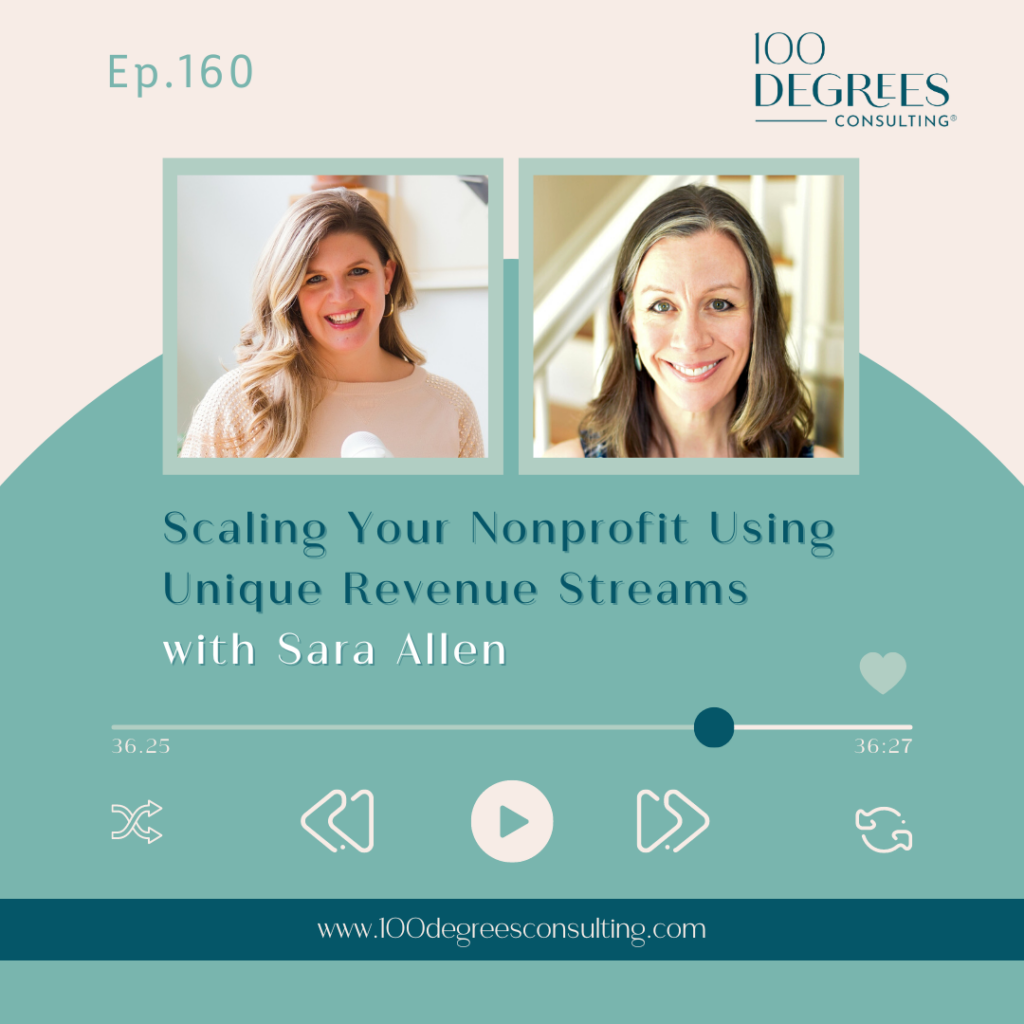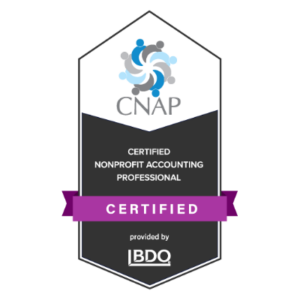October is when lots of organizations begin their final Q4 push and start crafting their 2017 budgets so I thought I would answer some frequently asked budget questions.

Before we even get started with any numbers, let’s tackle a couple big picture questions:
- Do you have to have a break even budget? No! There is no nonprofit law that says you MUST have a break even budget or the big scary monster will revoke your 501(c)(3) status. It is generally understood (and the IRS says) that nonprofits exist to execute their mission, so the goal is not to generate a wide profit margin but there are some important exceptions. Keep reading!
- Can you budget for a surplus? Yes! We are not out to make a profit that will be put into shareholders’ or CEO’s pockets, but we can budget a surplus if we are, say, looking to start a new program next year and want to build up reserves. Just be prepared to share your goals and intentions with your board and stakeholders.
- Can you budget for a deficit? Again, yes, but with a few caveats. It’s certainly not a practice I would encourage on an annual basis if the reason you’re budgeting a deficit is simply because you are unable to bring in enough revenue to sustain your programs. That would be a cause for concern and a reason to take a deeper dive into the numbers. However, if you booked multi-year revenue in one year and the expenses will catch up the following year, budgeting a deficit is perfectly okay. Again, do the analysis and ensure that your revenue stream is enough to keep the organization going without that bump in revenue.
Now, on to logistics of actually preparing your budget.
- When should you complete your budget? Give yourself plenty of time before the new fiscal year begins to complete your budget and review it with the board. Make sure to get input and buy-in from your team. Ideally, you would have the budget approved and input into the accounting software by January 1st. If not, again, the 501(c)(3) monster will not come get you but it is best practice.
- How do you project next year’s budget? A great start is to look at this year’s actual numbers – both revenue and expenses – plus projections. So if you’re preparing your budget in October, look at January through September YTD numbers, PLUS October through December projections, to get a total estimate for the whole year. Then go from there. Maybe you know you will be expanding a program or adding a new staff member – add it in! Avoid contingency or “miscellaneous” line items and be as accurate and realistic as possible. Don’t forget to budget revenue too!
- How do I analyze my budget draft? Once you’ve compiled your first draft of the budget, it’s time to step back and give it a thorough once-over. Add in variance amounts and percentages so you can see your projected growth or budget decrease. Do you have the resources to grow by as much as you’ve projected? Maybe we scale back and progressively grow over multiple years instead.
Budgeting season is a great time to step back and review your numbers from the 30,000-foot view. Does your budget align with your strategic plan? Do you have a solid plan in place to accomplish your goals? It’s also a great time to get into the thick of the numbers. Do you really need to budget that much for staff events?



















